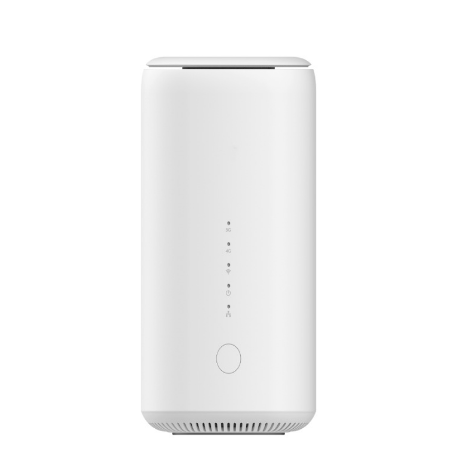What are the Differences Between WiFi 4, WiFi 5, and WiFi 6?
Definition of WiFi 4, WiFi 5, and WiFi 6
WiFi 4: Originally named 802.11n, released in 2009. It uses multiple-input multiple-output (MIMO) technology to transmit data through multiple antennas simultaneously, improving transmission speed and network capacity. In addition, WiFi 4 also introduces backward compatibility technology so that new devices can work with old devices.
WiFi 5: Originally named 802.11ac, released in 2013. It further improves transmission speed and network capacity, and uses more advanced modulation technology. In addition, WiFi 5 also introduces directional antenna technology, which enables devices to transmit data more accurately and improves signal coverage.
WiFi 6: The original name is 802.11ax, released in 2019. It uses more advanced signal processing technology to enable devices to better collaborate and share network resources. In addition, WiFi 6 also introduces context-aware technology, which automatically adjusts the transmission rate and signal power according to the device's needs and network load to improve network efficiency and user experience.
The continuous evolution and innovation of these Wi-Fi technical standards make wireless LAN an indispensable part of modern society. Whether at home, in the office or in public places, wireless LAN provides people with a fast, efficient and convenient network connection experience.
These three technologies are widely used in 4G WiFi dongle, 4G/5G mifi and 4G/5G CPE routers.
Applicable scope of WiFi 4, WiFi 5, and WiFi 6
WiFi 4
WiFi 4's operating frequency bands are widely used in various fields such as homes, offices, and public places.
In a home environment, the 2.4 GHz band is usually used to provide a wireless network with a wider coverage to meet daily Internet access and streaming needs. The 5 GHz band is used to provide faster speeds and more stable connections, suitable for scenarios that require large amounts of data transmission, such as high-definition video playback and online games. In office and enterprise environments, both the 2.4 GHz and 5 GHz bands of Wi-Fi 4 are also used.
Therefore, WiFi 4 has a very wide range of applications and can meet the wireless communication needs in different scenarios.
WiFi 5
WiFi 5 has a wide range of applications, whether it is home, office or public places, it can meet your network needs. In the home environment, WiFi 5 provides you with high-speed and stable network connection, allowing you to enjoy the convenience brought by applications such as high-definition video playback, online games, smart home, etc. In the office environment, WiFi 5 provides you with efficient network connection, helping online meetings, file transfers, remote office and other applications to run more smoothly. In public places, the wide coverage of WiFi 5 allows you to easily connect to a variety of devices such as mobile phones, tablets, laptops, etc., and enjoy the convenience of the Internet anytime, anywhere.
In addition, the transmission speed of WiFi 5 is faster than WiFi 4, allowing you to enjoy a better network experience. At the same time, it also supports more devices to connect at the same time to meet your more network needs. Therefore, choose a WiFi 5 router to get a better network connection experience.
WiFi 6
WiFi 6, a new generation of wireless network technology, is gradually penetrating into all areas of our lives with its excellent performance and wide range of application scenarios. Whether in homes, businesses, or public places, WiFi 6 can provide faster, more stable, and more efficient wireless connections.
In a home network environment, the powerful performance of WiFi 6 can ensure a smooth and unobstructed network connection, so that your smart home devices, tablets, smartphones and other devices can get a very fast network experience. In enterprise networks, the high speed and stability of WiFi 6 can greatly improve work efficiency and meet various complex network requirements.
WiFi 6 is a perfect match for scenarios that require high speed, large capacity, and low latency, such as telemedicine, high-definition video applications, VR/AR, and other emerging fields, and can meet the stringent requirements of these fields for network performance. Whether individual users or enterprise users, they can enjoy unprecedented high-quality network services through WiFi 6. Many 5g mifi and CPE routers use WiFi 6 technology, and the network speeds are very fast.

In general, Wi-Fi 6 is gradually becoming the mainstream of wireless network technology with its excellent performance and wide range of application scenarios. Whether in homes, businesses or public places, whether individuals or groups, whether now or in the future, Wi-Fi 6 will provide us with better and more convenient network services with its unique advantages.
172
0
0


Comments
All Comments (0)